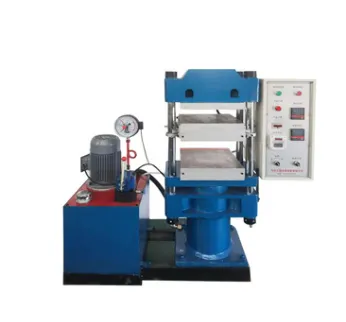Flexible Cable Flexing Test Equipment: Identifying Wear and Tear Early
Дар flexible cable flexing test equipment is crucial for assessing the durability and flexibility of cables in real-world conditions. However, common operational problems such as inaccurate test results or machine malfunctions can arise if the equipment is not properly calibrated or maintained. Regular inspection and testing of the flexible cable flexing test equipment can help identify issues like poor cable performance or wear and tear. Troubleshooting these problems early ensures accurate testing and prevents delays in production. Ensuring that the equipment is clean, properly adjusted, and used according to manufacturer guidelines will maintain its efficiency and longevity, reducing operational issues.

Cable Bending Test Machine: Resolving Calibration Issues
A cable bending test machine is used to evaluate the ability of cables to withstand repeated bending, simulating typical usage in various environments. One common operational issue is inaccurate readings due to improper calibration or worn-out components. Regular calibration of the cable bending test machine is essential for maintaining the accuracy of test results. Additionally, troubleshooting worn-out parts or misalignments in the machine can prevent inconsistent performance. By ensuring that the machine is well-maintained and calibrated correctly, users can resolve these issues and ensure reliable results, helping to test cables for their endurance and flexibility accurately.
Cable Bending Tester: Fixing Malfunctioning Load Sensors
Дар cable bending tester is designed to test cables' resistance to bending, but one of the most common operational problems is malfunctioning load sensors, which may lead to incorrect bending force readings. This can cause discrepancies in the test results and affect the overall quality of the cables being tested. Troubleshooting this issue involves inspecting and recalibrating the load sensors regularly to ensure their proper function. If the sensors are found to be damaged, replacing them promptly can prevent further operational disruptions. Keeping the cable bending tester in optimal condition ensures accurate data and efficient performance, allowing manufacturers to produce high-quality cables.
Smoke Density Test Chamber: Tackling Ventilation and Airflow Issues
Дар smoke density test chamber is used to measure the smoke emission of cables when exposed to fire, an important test for safety standards. One of the common issues that may arise is inadequate ventilation or airflow within the chamber, which can distort test results. To resolve this, ensure that the smoke density test chamber is properly ventilated and that the airflow system is clean and functioning. Regular maintenance checks, such as cleaning filters and inspecting fans, will help maintain optimal airflow conditions during testing. Addressing these issues promptly can help produce accurate test results and ensure that cables meet safety regulations.
Troubleshooting Common Problems in Cable Testing Equipment
Operational issues in testing equipment, such as the flexible cable flexing test equipment, cable bending test machine, cable bending tester, and smoke density test chamber, can affect testing efficiency and accuracy. By staying proactive in maintenance, calibration, and component inspections, most common problems can be avoided or resolved. Regular checks on the equipment's performance, cleanliness, and alignment are essential for ensuring smooth operations and consistent test results. When issues arise, timely troubleshooting and proper repairs will keep these critical testing machines running efficiently, allowing manufacturers to ensure the quality and safety of their cables.
-
Why the Conductor Resistance Constant Temperature Measurement Machine Redefines Precision
АхборJun.20,2025
-
Reliable Testing Starts Here: Why the High Insulation Resistance Measuring Instrument Is a Must-Have
АхборJun.20,2025
-
Flexible Cable Flexing Test Equipment: The Precision Standard for Cable Durability and Performance Testing
АхборJun.20,2025
-
Digital Measurement Projector: Precision Visualization for Modern Manufacturing
АхборJun.20,2025
-
Computer Control Electronic Tensile Tester: Precision and Power for the Modern Metal Industry
АхборJun.20,2025
-
Cable Spark Tester: Your Ultimate Insulation Assurance for Wire and Cable Testing
АхборJun.20,2025
 Copyright © 2025 Hebei Fangyuan Instrument & Equipment Co.,Ltd. All Rights Reserved. Sitemap | Privacy Policy
Copyright © 2025 Hebei Fangyuan Instrument & Equipment Co.,Ltd. All Rights Reserved. Sitemap | Privacy Policy
